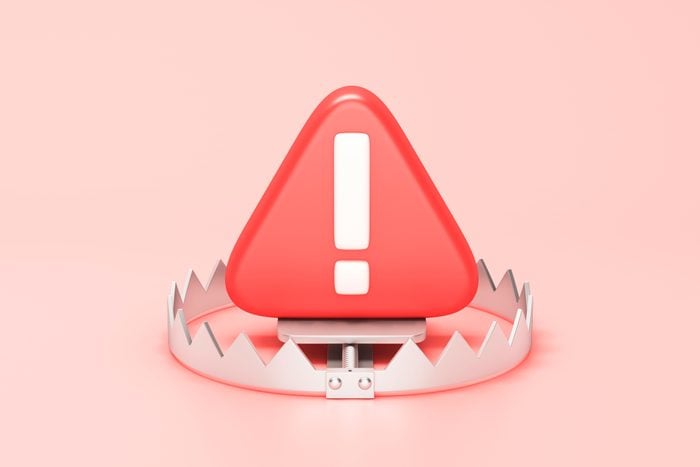
How to spot fake social media ads
The majority of people who fall for fake ads on social media don’t report them, but even still, the numbers are staggering. The Federal Trade Commission (FTC) announced that in 2021, “more than 95,000 people reported about $770 million in losses to fraud initiated on social media platforms.” If this sounds like a lot, that’s because it is—an eighteenfold increase since 2018.
“Even legitimate ads are cloned and repurposed for malicious purposes, and as an end user, you have no way of knowing whether the ad is legitimate without clicking on it,” says Paul Bischoff, a privacy advocate at Comparitech. Tip: Don’t click on it! “Attackers can cloak their domains, so you can’t know in advance where an ad will take you.”
Although older adults are often the victims of scams, 18- to 39-year-olds lost the most money to scams originating from fake ads on social media in 2021, and if the past is an indicator of the future, that number will continue to grow. Because online scams and Facebook Marketplace scams are so prevalent—and it can be hard to recognize the signs an app can’t be trusted—it’s wise to learn how to identify a scammer. Below, we break down red flags you should be aware of so you can protect yourself from Instagram scams, Facebook scams and fake social media ads.
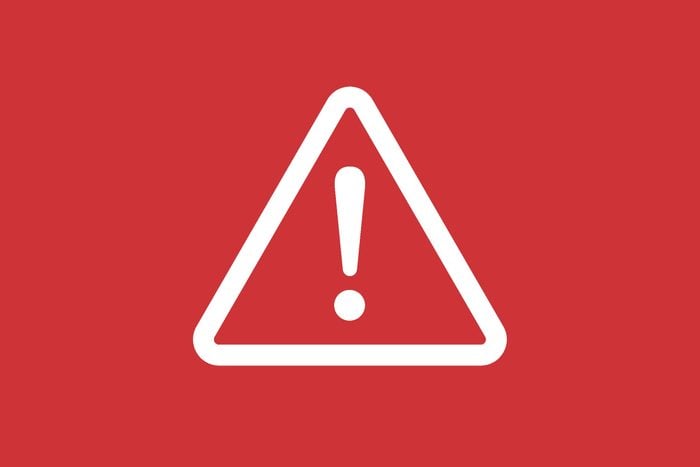
The ad is too good to be true
Sometimes, deals that seem too good to be true are legitimate, but more often, they’re not. You’re better off trusting deals at brick-and-mortar stores like Costco or Target than promotions, giveaways or advertisements for hot deals on Instagram or Facebook. Fake ads on social media are often hard to identify, which means, “The old adage, ‘If it seems too good to be true, it probably is,’ always applies to online ads,” says Chris Hauk, consumer privacy champion at Pixel Privacy.
Pro tip: Look for language like “limited time offer” or “only a few left,” both of which are signs of fake ads on social media.

The price point is absurdly low
Massive discounts on branded items are a telltale sign that this is a fake ad on social media. While you can buy a pair of basic jeans that cost $20 or a pair of designer jeans for $300, name-brand items are rarely deeply discounted without a scam component. “There are no $10 iPhones, and Apple isn’t looking to give you a free virtual-reality headset for your feedback,” Hauk says.
Pro tip: “If the ad promises you valuable, high-demand brand apparel, beauty products, electronics, luxury goods or rare collectibles at a price point that’s absurdly lower than everyone else’s, it’s probably either a counterfeit product or a counterfeit store,” says Monica Eaton, owner and founder of Chargebacks911. “There’s a lot of both on the internet.”

The URL doesn’t begin with https://
If you’ve clicked on a social media ad and have been taken to a website, check the URL. If it doesn’t begin with https://, that’s a red flag, and they could be running an online shopping scam. “The ‘s’ indicates a higher level of encryption security,” Eaton says. “Most scam sites are http, because http sites are cheaper. So, if you see an ad that sends you to a website that’s http, please be extra careful, especially if it’s (allegedly) from a well-known e-store, hotel, airline or any large, international brand.”
Most mainstream e-commerce sites begin with https, including Amazon, Walmart and Target, plus the major airlines, banks, car rentals, hospitals, social services and hotel chains, says Eaton.
Pro tip: Rather than clicking on an ad to see its deal, Google and find the brand’s legitimate website. Then manually search for the deal you saw, says Hauk.
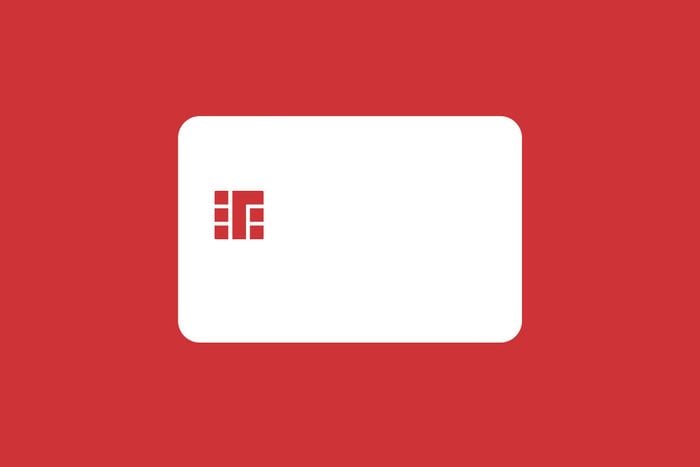
It asks for your credit card information first
It’s a red flag if your payment information comes before other details or if they DM you asking for credit card info to pay for the item. “When the unsuspecting consumer plugs in their credit card information, scammers use the data to steal from their bank account,” Eaton says. To protect your online security, never submit your personal data or share your credit card info with these social media accounts or websites. And even if you don’t attempt to purchase anything, limit your time spent on any malicious or fake website, as it could open you up to phishing and bank scams.
Pro tip: Never use your debit card online. Instead, use a credit card, suggests Eaton. “If you get ripped off, a debit card offers extremely limited protection, and if you fail to catch the fraudulent charges quickly enough, you could literally lose every last penny in your bank account,” she says. “Credit cards protect you far more comprehensively because credit cards are federally protected from the major fraud categories. The same protections aren’t extended to debit cards.”
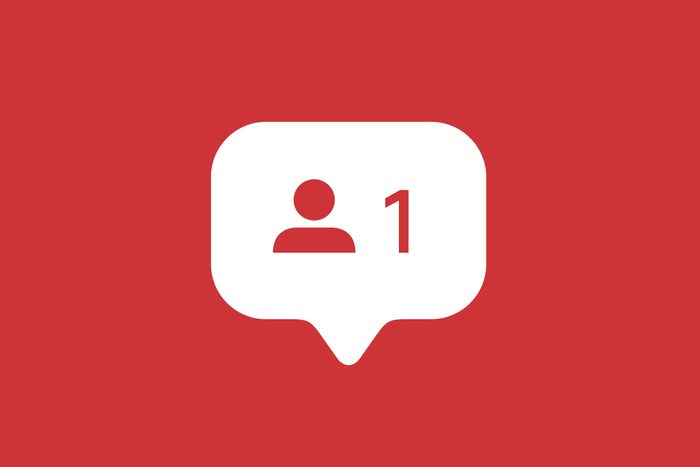
The social media account follows you
Opportunistic scammers make fake Instagram accounts to mimic the real thing and buy followers to help them look legitimate. Everything about the imposter’s social media account might match the real one, but the imposter account might follow you or message you. If this happens, take a close look at the username and also search for the real account. There’s likely an underscore or extra letter that indicates a fake account.
Pro tip: Check the ratio of followers to engagement. People who buy followers will have low engagement compared to their follower number, and the comments will tend to be generic sounding.
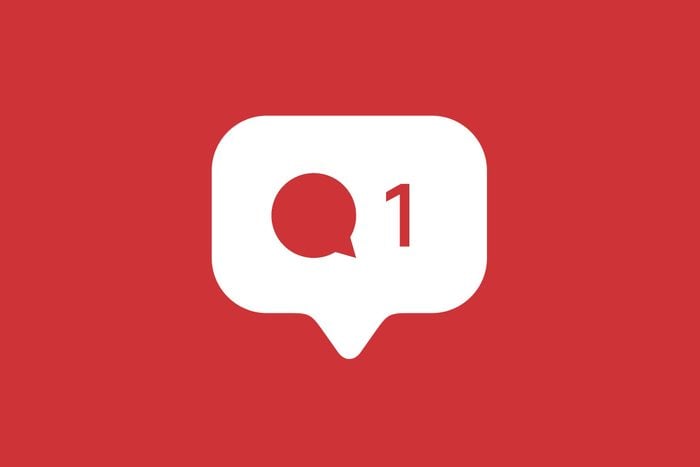
You are unable to comment on the photo
If the account has comments turned off, this is a red flag and can suggest you’ll encounter a fake ad on social media. Comments help drive engagement, and while there are some cases when a legitimate account may turn off comments—when it’s a topic that’s controversial and might ignite hateful comments, for example—when it’s a scam, comments are usually turned off because they don’t want to invite customer service questions or people griping about the product they ordered that never arrived.
Pro tip: Social media scammers want to limit your interaction with them once they have your information. “Remember that the goal of a fraudster is to separate you from your financial data,” Eaton says. Want to up your security and protect yourself from financial fraud? Beware of mobile security threats, and consider checking out these mobile security apps and using two-factor authentication.

The image looks legitimate
Scammers have increasingly sophisticated tools at their disposal. They can hack computers, install spyware, steal your identity and recreate almost any brand, logo or image to mimic an original. You can look for inconsistencies, but Hauk says they’re often hard to spot. “Don’t rely on the appearance of an ad and its connected website, as the bad actors of the world have become more adept at impersonating legitimate firms,” Hauk says. Remember: A legitimate-looking image, paired with other red flags, can still be fake.
Pro tip: Don’t be fooled by well-designed ads. “Fraudsters deliberately design ads and build counterfeit websites that look legitimate,” Eaton says. “They’ll mimic the style, font and color schemes of the brands they’re trying to copy.”

There are too many five-star reviews
It might sound counterintuitive, but too many glowing reviews is a red flag and cause for concern. “Is there nothing but five-star, super-glowing, ultra-hyperbolic recommendations that all sort of sound like they were written by the same person or the same bot?” asks Eaton. If so, that’s a red flag, especially if the reviews are attached to a too-good-to-be-true offer.
Pro tip: Trust your intuition and use common sense. “If you had to be completely honest, does it sound sort of illogical?” asks Eaton. “Does the core profit-model not make sense?”
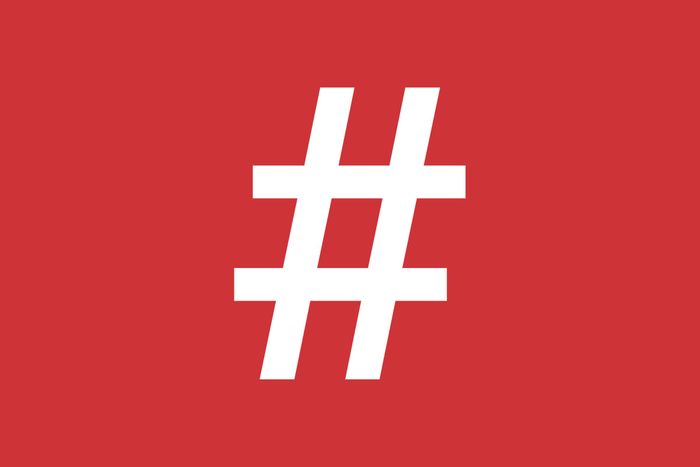
There are very few hashtags
Hashtags serve various purposes, but the ultimate goal is to reach more people and drive traffic to the company’s social media or website. If a social media post isn’t using hashtags, that can be suspicious, but it also makes sense. If someone is selling counterfeit Nike, they’re not going to use #Nike in a post because that’s a surefire way to get caught.
Pro tip: Check for a sponsored tag. Some ads on Instagram have a sponsored tag on top of them in order to differentiate them from other posts. This is a sign the social media ad is legitimate.
Sources:
- Federal Trade Commission: “Social media a gold mine for scammers in 2021”
- Paul Bischoff, privacy advocate at Comparitech
- Monica Eaton, owner and founder of Chargebacks911
- Chris Hauk, consumer privacy champion at Pixel Privacy
